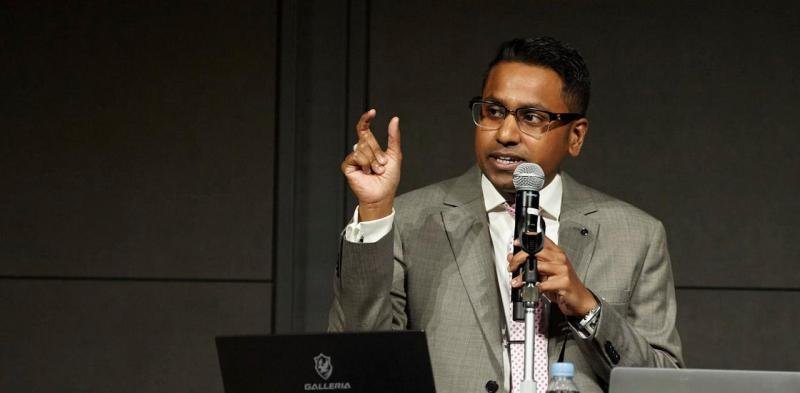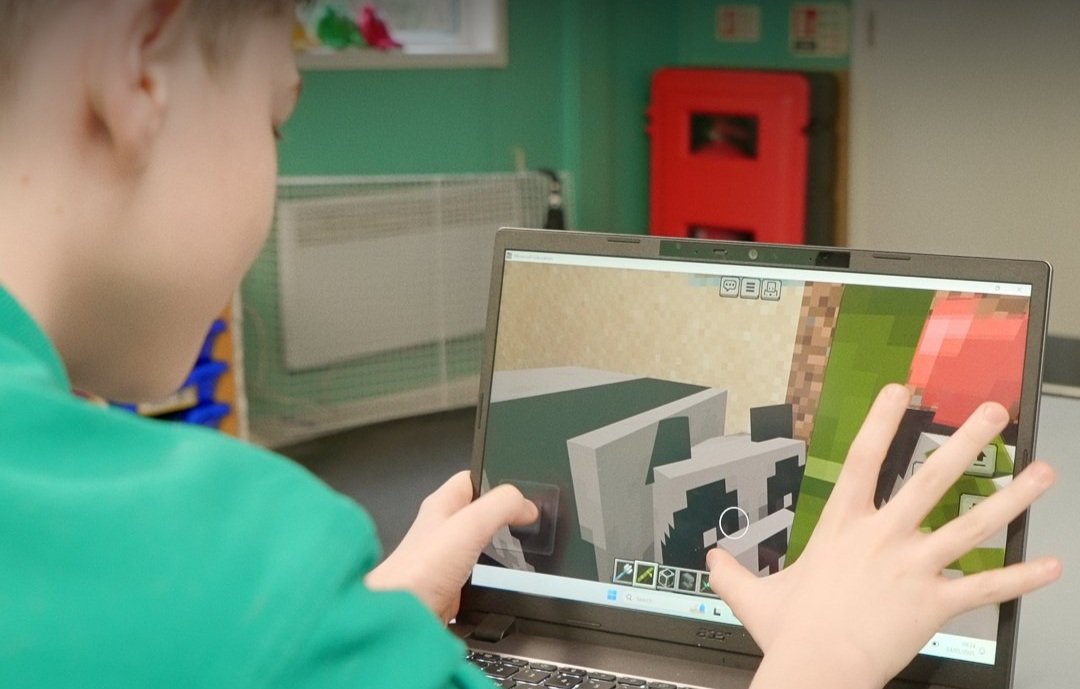Barking up the right tree: Virginia Tech's robodogs transform construction
Team members include (from left) Mikayla Dolo-Pittman, Evan Lee, Graham Prather-Long, Asfari, and Pierce Bell. Photo by Lee Friesland for Virginia Tech.
At Virginia Tech, the future of construction is being reshaped by innovative research integrating robotics into job site in a project led by Kereshmeh Afsari, an assistant professor at the Myers-Lawson School of Construction and director of the ARCADE Lab.
The collaboration aims to enhance inspection processes and ensure safer working environments by combining human expertise with advanced technology.
Afsari’s research centres on using robotics to assist with stormwater pollution prevention inspections. She and her team of undergraduate students have been working with an unmanned ground vehicle, the Husky by Clearpath, and DJI drones to streamline these inspections.
“The goal isn’t to replace people or take away jobs but to enhance the inspector's experience and make jobsites more effective and safer. Often, people see robots as a threat, but they can be tools to keep workers out of dangerous situations,” Afsari explained.
The current manual inspection methods are prone to errors and pose various risks to inspectors. By integrating a drone for aerial views and a ground rover for closer inspections, Afsari’s team aims to improve accuracy and safety.
“Each of these students brings a unique skill set to the table. We need different minds and ways of thinking on this project. By blending students across the engineering spectrum, everyone is walking away with greater knowledge,” she added.
Graham Prather-Long, a computer science major, has taken on a leadership role in the project. His duties include breaking down the project’s overall goals into actionable tasks and overseeing the ground robot’s operation.
“As I led this diverse team, I learned to throw away my ego and be open to being led in the areas where I am inexperienced. You're not going to be the right candidate for every single task, but you need to be able to leverage the people on your team and work with them to do more than you could ever do on your own,” Prather-Long said.
Prather-Long also ensured that the Husky could serve as a landing pad for the drone, which required effective communication between the devices.
“In a class project, there's a framework or script for how you're supposed to do things. But with this, we're making our own way and deciding the steps we need to take to make the idea a reality,” said Prather-Long.
Another computer science major, Evan Lee, supported this task by developing an interface allowing inspectors to control both robots from a single platform.
“In the beginning, the drone and the Husky were controlled with separate systems, so I developed an interface that creates an intuitive experience for both robots.
“We had a blueprint for what we wanted to do, but this was my first being given the freedom to influence the design of the end product,” Lee explained.
Mikayla Dolo-Pittman, a mechanical engineering student specialising in robotics, contributed by designing and 3D-printing a camera mount for the Husky. She also created a simulation of the robots working together, tapping into the entire team's expertise.
“I have done prior research on campus through the Collaborative Robotics Lab, so I came in with experience training robots on how to recognise human gestures and objects,” Dolo-Pittman noted.
The team’s construction expertise was provided by Pierce Bell, a construction engineering and management student. Bell’s prior experience with stormwater pollution prevention inspections proved invaluable.
“The inspector is still doing their job, but they reduce the chances of sprains, strains, and any other major accidents that come from walking around the jobsite,” Bell said. His practical insights helped the team understand the real-world applications of their project.
By the end of the semester, the student group had not only developed a framework for their project but also created functional technology to support it. The project was supported by an Office of Undergraduate Research Faculty Grant, which aims to provide students with experiential learning opportunities.
“Undergraduate research provides a unique opportunity for students to contribute to knowledge creation,” said Keri Swaby, director of undergraduate research. “These students will enter the workforce with a kind of collaborative experience that can’t be reproduced.”
As Prather-Long and Lee graduate, Afsari plans to continue developing the project, aiming to create a future where robotics improve safety and efficiency in the construction industry.













